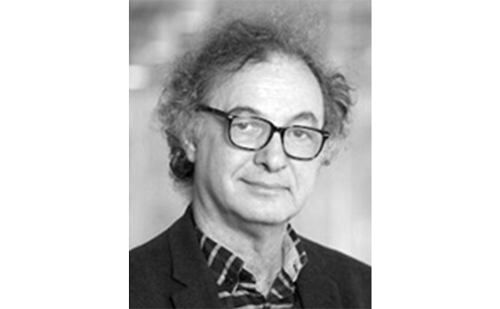Abstract
This article is following the author’s chapter (in German), Zur Geschichte der Müdigkeit, Iris-Katharina Penner (Hrsg.), Fatigue bei MS Hippo-campus Verlag 2008. Fatigue is a very common symptom in â variety of neurological syndromes, especially in multiple sclerosis (MS), being reported by about half of patients. It may be disabling although not visible and have negative consequences on working activity and daily life. There are no objective measures of fatigue – as a symptom it is essentially based on subjective complaints. Even if fatigue my be influenced by motor disturbances and depression it is largely independent from both and from peripheral mechanisms, e.g. muscular disuse and de-conditioning, joint abnormalities, metabolic changes of muscular fibres etc. All available data indicate that fatigue is a ‘central’ phenomenon, due to multiple causes e.g. impairment of volitional drive to the descending motor pathways with dysfunctions of circuits between thalamus, basal ganglia and frontal cortex. The problem of excessive and unexplained fatigue has been common from the middle of the nineteenth cen-tury to the present day. Today, both unexplained fatigue and fatigue occurring as a symptom of illness are recognized as being serious enough tolimiting physical functioning and having a negative impact on quality of life/ Research supports the involvement of multiple dimensions, with physiological, psychological, and psychosocial factors contributing to the experience of fatigue. Theories on the nature of fatigue from the last century are closely echoed by contemporary views and a recurring theme in research is the need for a biopsychosocial approach, incorporat-ing physiological, psychological, and psychosocial factors
To view the full article in PDF or eBook formats, please click on the icons above.













